While the science community awaits the first images from the James Webb Telescope, NASA’s next big telescope is moving from the design phase into fabrication with the goal of being launched in 2027. The Nancy Grace Roman Space Telescope–formerly known as the Wide-Field Infrared Survey Telescope (WFIRST)–will investigate long-standing astronomical mysteries, such as the force behind the universe’s accelerate expansion, and search for distant planets beyond our solar system. According to NASA, Roman will unravel the secrets of dark energy and dark matter, search for and image exoplanets and explore many topics in infrared astrophysics. At present, Roman is contending with delivery delays for the Wide Field Instrument’s optical prism, delays in delivery of the instrument carrier structure due to manufacturing issues, and failures with restraint release actuators on the spacecraft. Analysts are worried about risks going forward.


Nancy Grace Roman was the first Chief of Astronomy at NASA’s Office of Space Science and the first woman to hold an executive position in the agency. In her role, she had oversight for the planning and development of programs including the Cosmic Background Explorer and the Hubble Space Telescope.
Roman will carry two instruments.
- The Wide Field Instrument will accomplish the mission’s primary science over large areas of the sky. Roman will have a field of view that is 200 times greater than the Hubble’s infrared instrument, allowing it to capture more of the sky with less observing time, according to NASA.
- The Coronagraph Instrument technology demonstration matures components and systems for imaging and spectroscopy of individual nearby exoplanets. It will block or null the light from bright nearby stars and allow high-contrast imaging of faint exoplanets orbiting those stars.
To make Roman’s sensitive measurements possible, the telescope will observe from a vantage point about 930,000 miles (1.5 million km) away from Earth in the direction opposite the Sun. At this special place in space, called the second Sun-Earth Lagrange point, or L2, gravitational forces balance to keep objects in steady orbits with very little assistance, according to NASA.
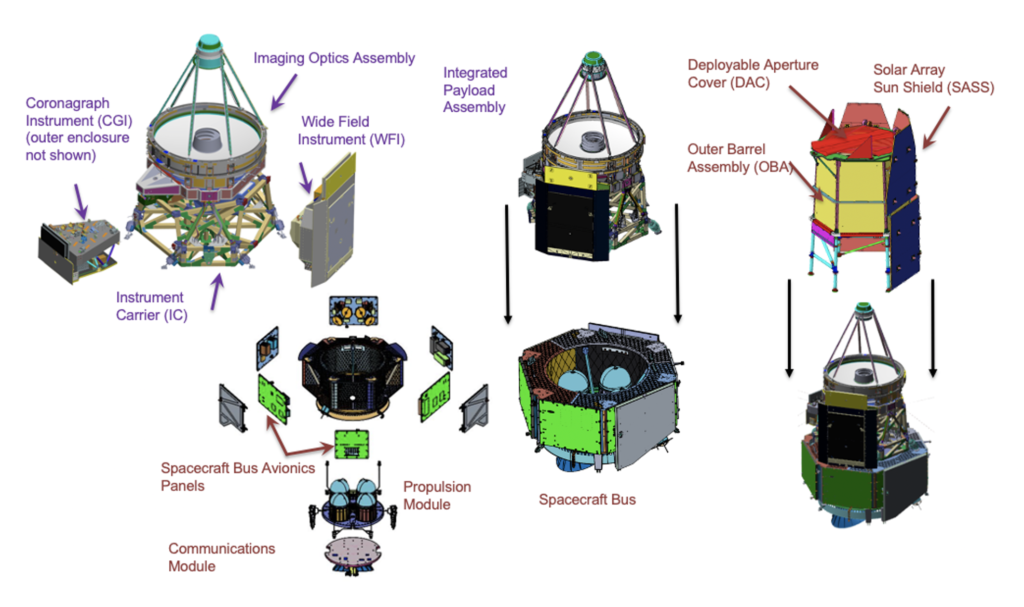

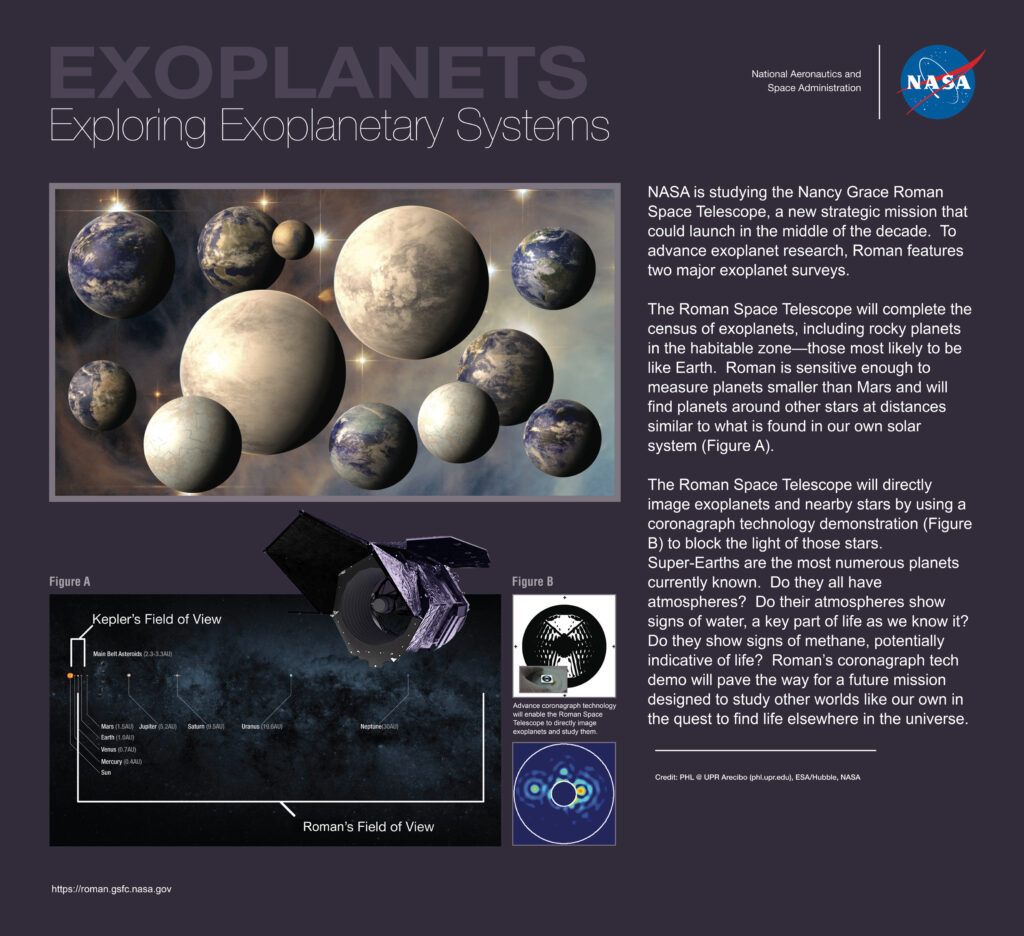

The Roman telescope has a unique history. It was originally one of two spy satellite telescopes that the National Reconnaissance Office donated to NASA in 2012. That was one year after the James Webb project announced a 4-year delay and a $4 billion cost increase–severely constraining NASA’s ability to undertake another major telescope project in the near future. The two telescopes had main mirrors that measured nearly 8 feet wide (2.4 meters), making them comparable to the Hubble Space Telescope. NASA decided to use one of the telescopes for the WFIRST mission, which was already under discussion at the time. In addition to ensuring that the telescope, built over 10 years earlier and put into storage, could be used for a mission in the mid 2020s, NASA needed to modify the telescope and add sensors to accomplish the WFIRST mission.
In the early phases of the program, and still in the midst of the James Webb program’s struggles, the National Academy of Sciences expressed concerns that cost growth from Roman could endanger the balance of NASA’s astrophysics program and negatively affect other scientific priorities. An independent review was conducted in 2017 to ensure the mission’s scope and required resources were well understood and executable. The review found that mission scope was understood, but not aligned with the resources provided and concluded that the mission was not executable without adjustments and/or additional resources. NASA agreed with the study’s results and directed the project to reduce the cost and complexity of the design in order to maintain costs within a $3.2 billion cost target, according to a 2018 GAO testimony. The next year, NASA proposed pushing off funding the project due to the struggles and cost growth facing the James Webb project. And in its fiscal year 2021 request, NASA proposed canceling the project. Congress maintained its support, however.
The GAO recently reported that the Roman project replanned its cost and schedule due to COVID-19 challenges relating to staffing, supply chain and restrictions at NASA and contractor sites. The replan increased the total cost estimate to $4.3 billion and added 7 months to the launch date, now set for May 2027. At present, Roman is contending with delivery delays for the Wide Field Instrument’s optical prism, delays in delivery of the instrument carrier structure due to manufacturing issues, and failures with restraint release actuators on the spacecraft. The GAO is also concerned that the project is moving past the critical design phase with 72 percent design drawings released vs at least 90 percent recommended by best practices. There is a greater risk of the project experiencing design changes and subsequent cost and schedule growth, according to the GAO.

Additional sources of information:

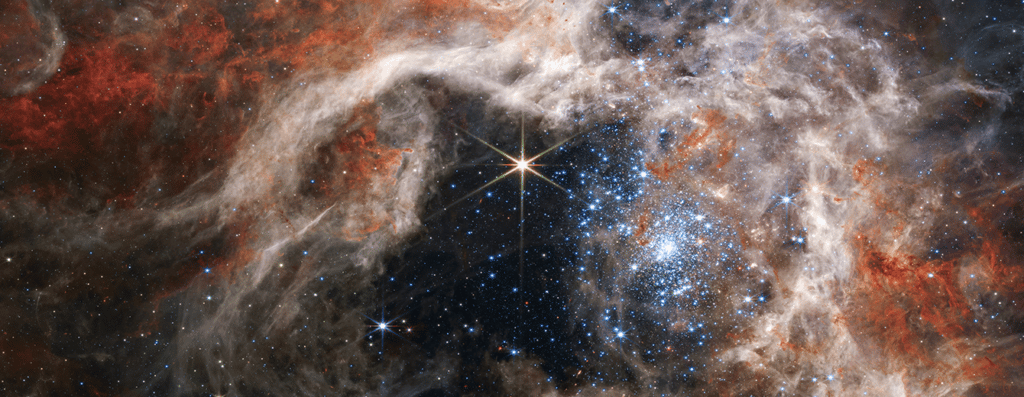


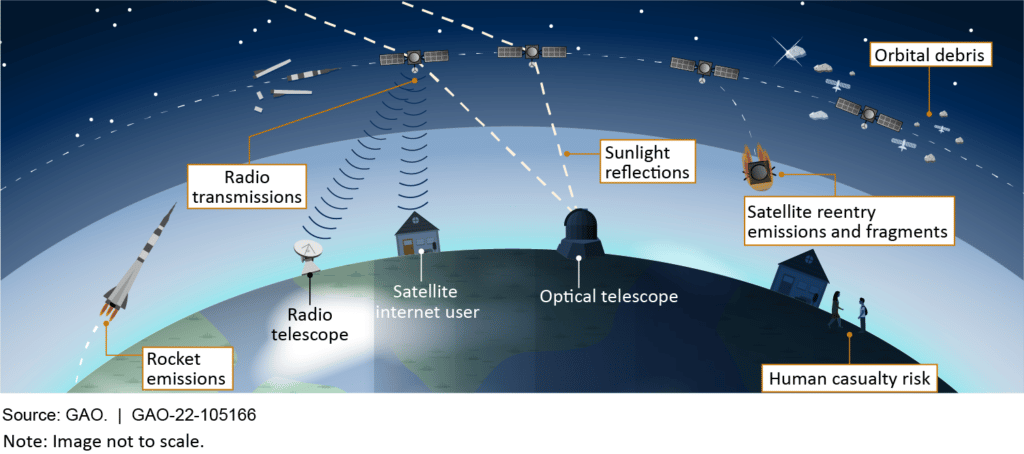

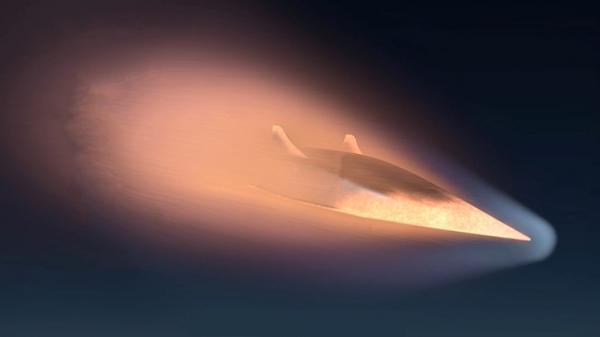
Having read this I believed it was extremely enlightening. I appreciate you taking the time and effort to put this short article together. I once again find myself spending way too much time both reading and commenting. But so what, it was still worthwhile!
Thank you. Keep on reading and commenting. Hope to roll out a few stories on newer NASA projects this fall.